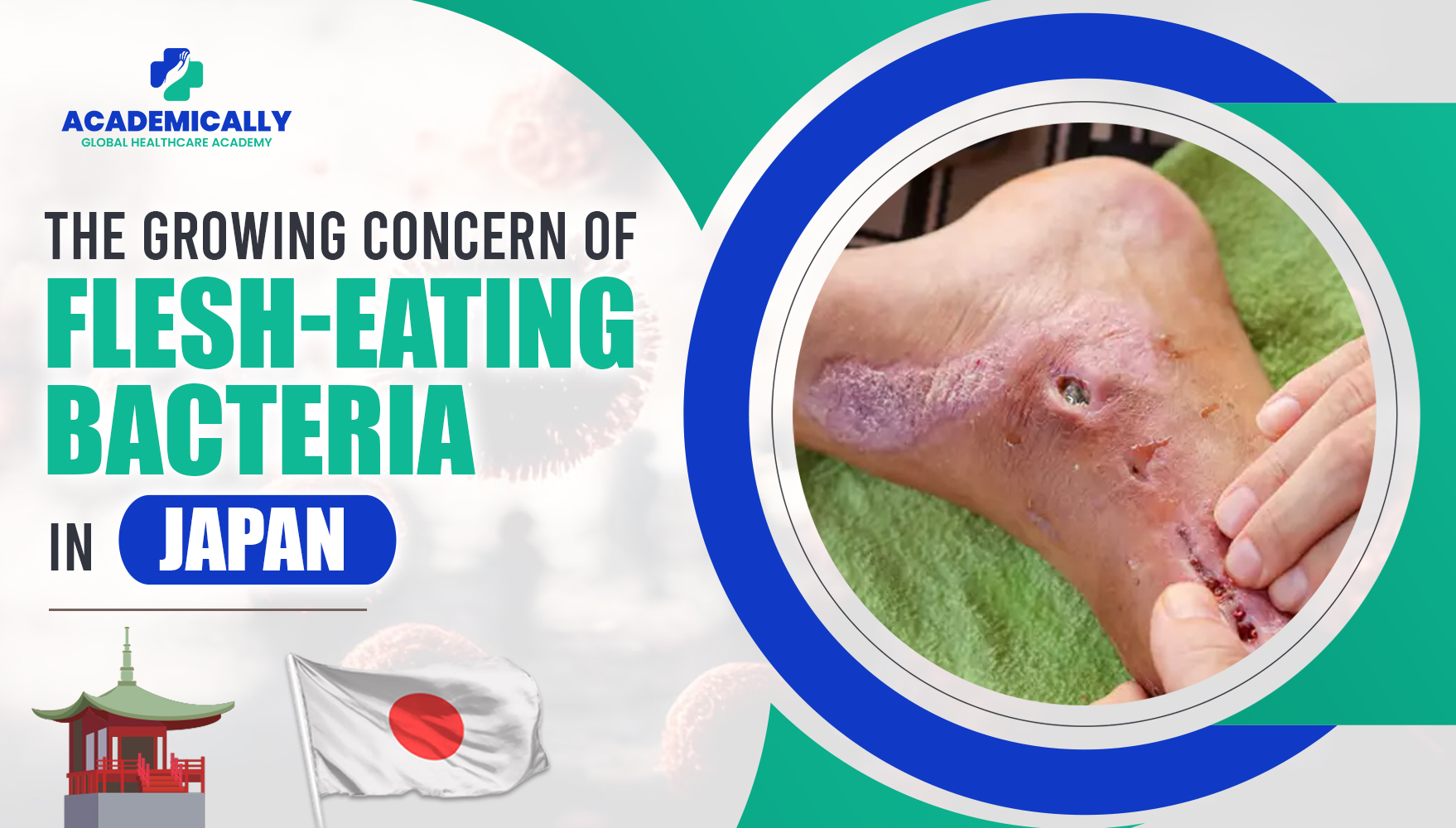What is Streptococcal Toxic Shock Syndrome?
STSS is caused by the Streptococcus pyogenes bacteria, also known as "Strep A." These bacteria are generally harmless but can lead to severe infections, including Pneumonia, Necrotizing Fasciitis (flesh-eating disease), and STSS. These severe infections can progress rapidly and have a high mortality rate, making early diagnosis and treatment critical. A patient infected with Group A Streptococcus (GAS) bacteria can develop STSS, which can progress to necrotising fasciitis, a severe form of flesh-eating bacterial infection.
Who is at Risk?
STSS can affect individuals of all ages but is most common in young children, the elderly, and pregnant women. Symptoms often begin with common signs such as fever, rash, and nausea, which can make early detection challenging. More severe symptoms include lethargy, rapid breathing, muscle pain, and confusion. Immediate medical attention is crucial if these signs appear.
STSS symptoms typically include:
- Fever: Often high and sudden onset.
- Hypotension: Low blood pressure that can lead to shock.
- Rash: Characterised by redness, often resembling a sunburn, which may peel.
- Organ Dysfunction: This can affect multiple organs, such as the kidneys, liver, and lungs.
- Desquamation: Peeling of the skin, especially on the palms and soles.
- Soft Tissue Necrosis: Rapid tissue damage and necrosis, particularly at the infection site.
STSS is a medical emergency requiring immediate treatment, usually in a hospital. If you suspect someone may have STSS, seek medical help immediately.
Why the Surge Now?
The recent increase in STSS cases can be due to several factors. One reason is the appearance of stronger strains of Strep A bacteria. Another factor is the COVID-19 pandemic, which caused people to have less contact with germs like Strep A due to social distancing. This led to lower immunity, especially in children. Strep A bacteria spread through coughing, sneezing, or touching infected wounds or cuts. In places where people are close together, like crowded areas, the risk of spreading these bacteria is higher.
Treatment and Prevention
Penicillin is proven to be effective in treating Strep A infections and is also known for its ability to fight the bacteria. Early detection and quick administration of antibiotics are important to prevent progression to severe complications. In severe cases, additional treatments such as immunoglobulin therapy and intensive care may be necessary to manage the condition. Currently, there is no vaccine for STSS, and research is ongoing, but practising good hygiene, staying updated with vaccinations, and managing viral infections can help reduce the risk of severe Strep A infections.
Conclusion
The recent rise in STSS cases in Japan and the potential risk for other countries serve as a reminder of the importance of awareness and quick preventive actions if suspected infection is present. By getting timely medical help and following good hygiene habits, we can effectively control the spread and impact of this serious infection. For pharmacists, doctors, and other healthcare professionals looking to stay informed and prepared, Academically provides all the essential resources and training. For more important health updates, visit Academically.


